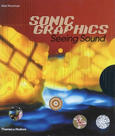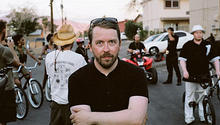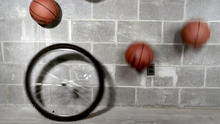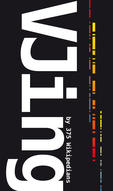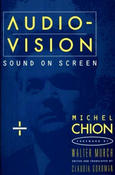The Knife: Like A Pen
(2006)is Andreas Nilsson's fourth video for The Knife, taken from their album Silent Shout. A colorful, hysteric journey starring a brown little curved fellow.
"It was never my intention to make music videos to begin with. Actually, I'm a painter."
A long-time collaborator of The Knife, Andreas Nillsson has arguably played a more important role in the visual adventures of the band more than any other visual artist. From the pencil-drawn animation to N.Y. Hotel (co-directed with Andreas Korsar), the hypnotic skateboarding meets animated crows of Heartbeats (co-directed with Johannes Nyholm), the spectral horror of Silent Shout and the boogieman stop-motion of Like A Pen, Nilsson has transferred their music into film to great effect. He's also the brains behind the theatre that comes with their live show (and the Fever Ray set), using 4 projectors, 2 transparent screens to give a 3D hologram effect and 2 giant paper mache dolls that often mouthed the backing vocals on the last tour. In an interview with Olof in 2006, he explained why they keep returning to work with Andreas: "He understands us best. The aesthetics in his work can be surprising. They're more about feeling than the images though. He creates the feeling and image that represents our music."
Source: Dummy

